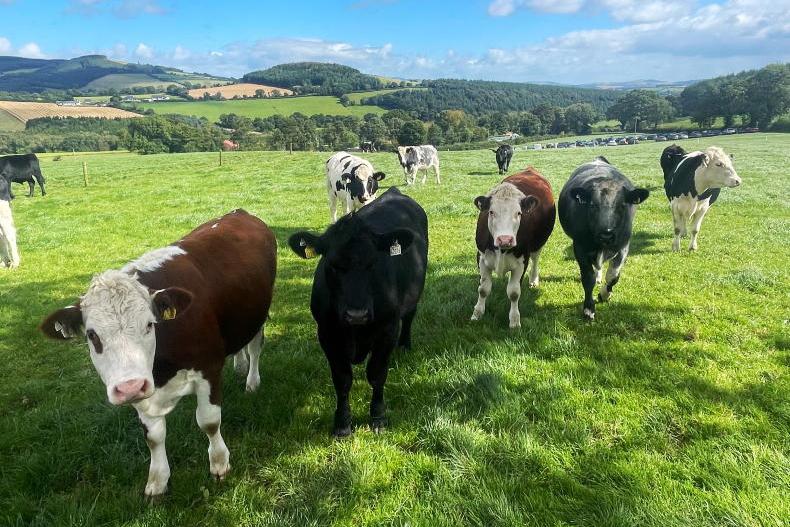The issue of dairy calf management has been in the news recently and it wasn’t a positive story, even if it doesn’t reflect what is normal in the industry.
Animal welfare is a non-negotiable first principle of our industry - full stop.
Utilisation of calves from the dairy herd has been a challenge since the widespread adoption of Holstein genetics that maximise milk output, but at the cost of value from the male calves that move into the beef production system in Ireland or are exported for veal production on the continent.
The challenge of more recent times is how the combined beef and dairy industry can drive a value for male calves from the Irish dairy herd.
This involves a journey beginning with selection of genetics when putting the dairy cow in-calf, through the rearing process and on to beef processing and the market.
Conference
Teagasc, along with ABP, hosted a two-day international conference during the past week on the topic.
What is clear is that the genetics exist for a calf from the dairy cow that has a useful value in the beef sector, but the challenge is getting it reared and finished to a specification that meets the demand of our major export customers.
While the conference speakers and the farm visit demonstrated that dairy calves can be successfully incorporated into the beef supply chain, the reality remains - as pointed out by Dr Nickey Byrne of Teagasc in his presentation - that over half of farmers in dairy calf-to-beef production drop out within five years.
The Irish Farmers Journal ran a dairy calf-to-beef programme over several years and it too demonstrated that it was feasible, but a low-margin business relative to the risk of market and input cost volatility.
Integration
The possibility of integration in the supply chain was debated by an international panel that included Sainsbury’s head of agriculture Gavin Hodgson.
He demonstrated enthusiasm for an integrated model that was based on a cost-plus system. This concept essentially involves the customer and their supplying processor - in this case Sainsbury’s and ABP - combining to create a rearing and finishing template which removed the input cost risk from the farmer, with the farmer return for their labour and asset being determined by their ability to meet output targets.
While the specific financial details weren’t explored, this is a concept that merits consideration and more detailed analysis. Ultimately, value at the farmgate for any farmer looking to maximise the value of their asset is measured in euros.
All of the major beef processing groups are involved with different dairy calf-to-beef schemes. These are no doubt a reaction to the diminishing number of suckler cows with specialist beef-bred calves coming from Irish farms.
With this trend likely to continue, calves from the dairy herd are an obvious place to look for supplies if they can be bred and reared in a way that produces a carcase that meets the UK retail specification while being commercially viable.
An interesting concept - but its success will depend on a model that demonstrates that it is commercially viable for the farmer doing the long rearing and feeding stage of the journey, not just the processor and retailer at the end of the chain.
